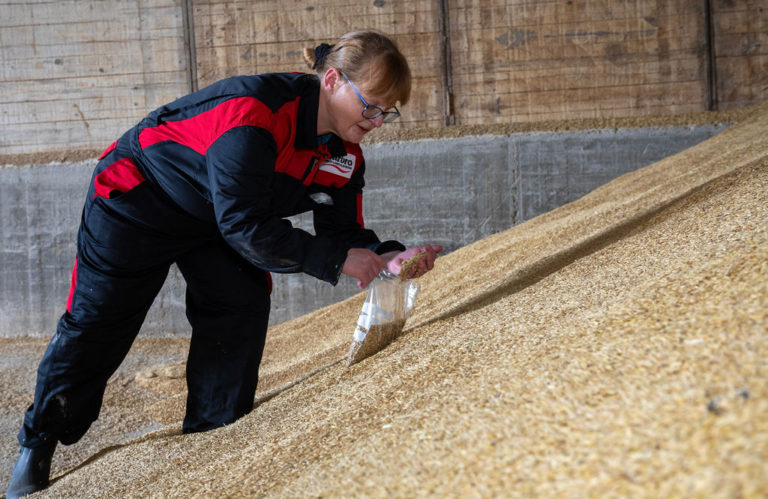Pig feed
Delivering maximum performance, efficiency, and profitability for our customers. we provide high quality pig diets throughout the UK, formulated using the latest science and research available.
Delivering maximum performance, efficiency, and profitability for our customers. we provide high quality pig diets throughout the UK, formulated using the latest science and research available.
Delivering maximum performance, efficiency, and profitability for our customers. Harbro provide high quality pig diets throughout the UK, formulated using the latest science and research available.
Our approach starts with walking the pigs and understanding the unit, to be able to offer a tailored nutritional programme, which ensures the success of every unit.
Our team of pig nutritionists, technical specialists, registered feed advisors, vets, raw material and industry experts work with producers on:

Reduce bought in feed costs, control diet formulation, unique grist profile and improve performance of pigs with our market leading, state of the art on site mill and mix service. Producing feed for pigs from weaning to finishing, rations can be combined with our customer specific minerals to maximise performance and health further.
Utilising and processing home grown or locally sourced sustainable raw materials reducing carbon footprint.
Development of low protein, non-Soya dependent high performance diets.
Watch our video to see our on farm mill and mix service in action:
JSR are a long term customer of our mill and mix service, and consistently achieve outstanding results, find out more here
Mixing on farm with our Tropper typically saves producers £30-£40/tonne* on feed costs compared with compound of the equivalent spec.
On an average 500 sow unit this equates to a cost saving of
£160,000/annum.
*Based on minimum order of 30 tonnes/week.
**May vary with FCR, raw materials costs & production efficiencies
Designed to provide additional nutritional support, our tailor made mineral packages for pigs at all stages, help to optimise production.
They can be included in our bespoke rations mixed on farm and some are available in our compounds or as minerals.

High quality compound feeds, designed to improve performance of pigs at all stages of production from weaning through to finishing.
NutriONics is our live dynamic rationing software for pig, which gives access to the latest equations for calculating the true feeding value of farm specific raw materials.
